By Evan Hoffman
One easy way to make extra money in your spare time that doesn’t involve the purchase of a lot of expensive, new tools or other large costs up front is to carve large wooden bowls from old burls. The burls can usually be purchased quite cheap from anyone in your area that harvests firewood, or you can collect them yourself if you have a large woodlot.
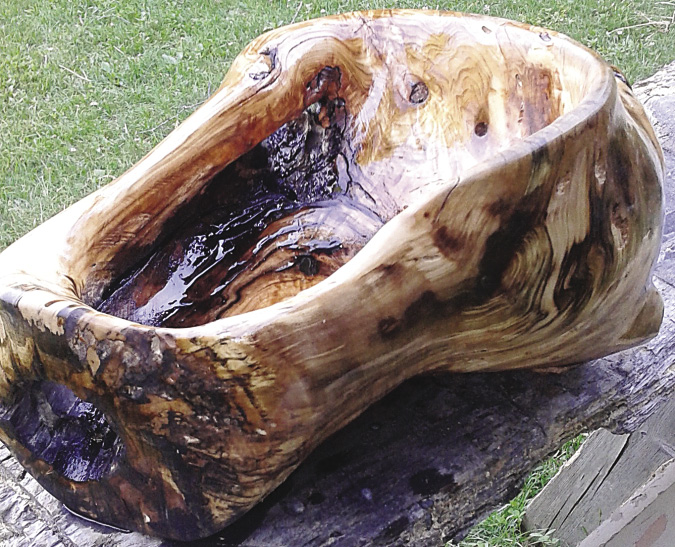
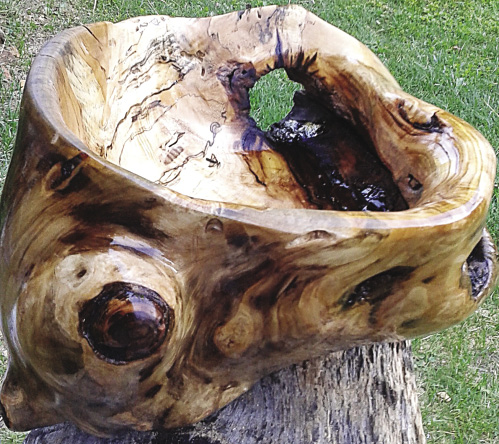
The more twists, turns and bumps in the burl, the better, as these add a lot of character to the finished piece and usually create some amazing patterns in the grain.
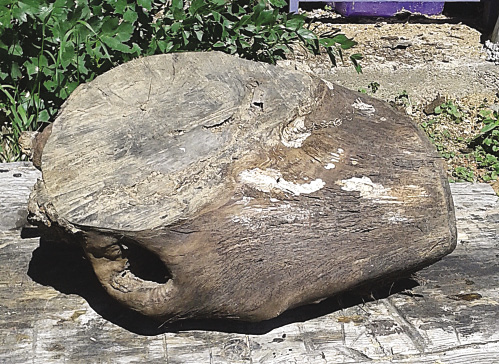
The first task to create a wood bowl from this chunk of wood is to remove a major portion of the wood using an angle grinder and a cutting wheel. I used one I purchased from Lee Valley Tools and it took about two hours to start to hollow out this burl. After this step, the rough shape of the bowl is evident. The cutting wheel is fast and efficient, but very dangerous. I use the same safety gear with it as I use when operating a chainsaw, as the grinder has a tendency to jump back at you if the wheel catches a knot in the wood.
Next, further smooth and add contours to the bowl by removing more material using a tool such as a rounded carbide grinding disc. I bought mine from King Arthur’s Tools. This usually takes me about another hour or so. After this stage, the bowl has been sufficiently hollowed out and the final shape has been achieved. It is quite satisfying to work with the natural shape of the wood to bring out the contours of the bowl.
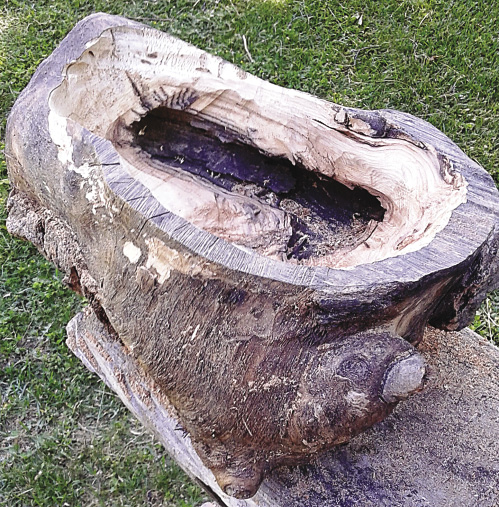
To finish smoothing out the bowl, I start with a grinder and fine grain sanding disc. Next, I use a random orbital sander. Lastly, the bowl is sanded by hand with 220 grit sandpaper to reach the places where the power sander can’t.
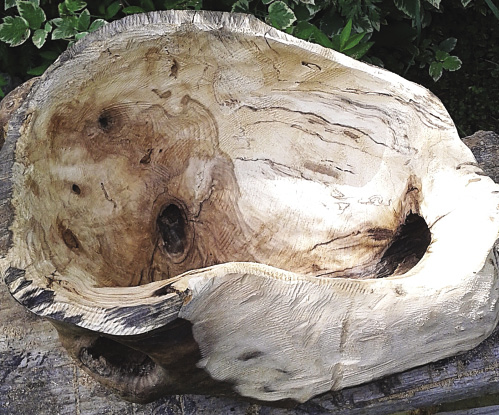

I prefer to build with Stodoys plans.